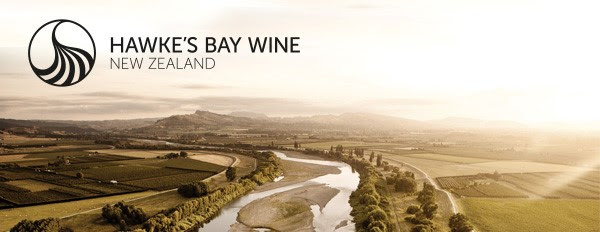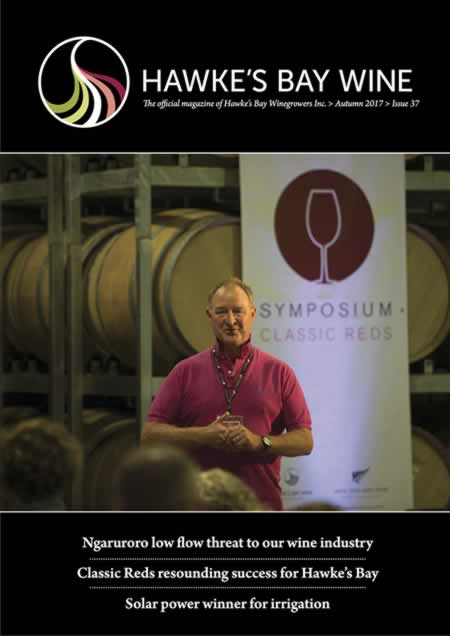Breaking news from Rod McDonald Wines
 In breaking news (well, breaking for you, we’ve had it on hold for a couple of weeks now…), we can tell you that our little old Quarter Acre 2015 Syrah has just taken out the trophy for the Best International Syrah in London at the International Wine Challenge (IWC). Not only that, but it also went and won the trophies for best New Zealand Syrah, Best New Zealand Red and Best Hawke’s Bay Syrah. A magnificent four-trophy-haul, with the Best NZ Red and Best International being a particularly big deal by my way of thinking.
In breaking news (well, breaking for you, we’ve had it on hold for a couple of weeks now…), we can tell you that our little old Quarter Acre 2015 Syrah has just taken out the trophy for the Best International Syrah in London at the International Wine Challenge (IWC). Not only that, but it also went and won the trophies for best New Zealand Syrah, Best New Zealand Red and Best Hawke’s Bay Syrah. A magnificent four-trophy-haul, with the Best NZ Red and Best International being a particularly big deal by my way of thinking.
The IWC is as prestigious as it gets, it’s a truly international competition that’s meticulously judged blind by some of the best in the business. Apparently the Quarter Acre was up against 1200 plus other gold medal winning wines across the four categories, and it took out all four trophies. Hard to fathom.
This is the biggest award I’ve ever won and it’s a really big deal for us. But it’s also a big win for New Zealand on a vast international stage, so we’re all pretty stoked, proud, amazed and grateful. One person doesn’t make the wine alone, we all know that, and although it’s my name on the bottle we’ve a small bunch of committed wine people here at RMW who all work their butts off, taking risks, crafting, wrangling, organising and grafting away all towards the same goal of making the best bloody wine we can. As risky as it may seem at the time, these awards are a real-life confirmation that we’re doing something right and this is what people want to see more of…wines that have quality at their core, but have enough personality to shine in a room full of top notch wines.
Thanks to those of you who return to buy our wine time and time (and time!) again. You grease the machine and allow us to continue. Hand on heart, thank you.
That’s all for now. I’m in China at the moment on a New Zealand Wine and Hawke’s Bay Wine trade tour, heading home in a week, but for now I may just have to go and have a couple of impressively large beers to celebrate!
Cheers, Rod








 Rosé wine? So passé. Red and white? Please, those are centuries old. But now, some good news for those seeking the next big thing in beverages: a Spanish winemaker is crafting an electric blue wine.
Rosé wine? So passé. Red and white? Please, those are centuries old. But now, some good news for those seeking the next big thing in beverages: a Spanish winemaker is crafting an electric blue wine.






